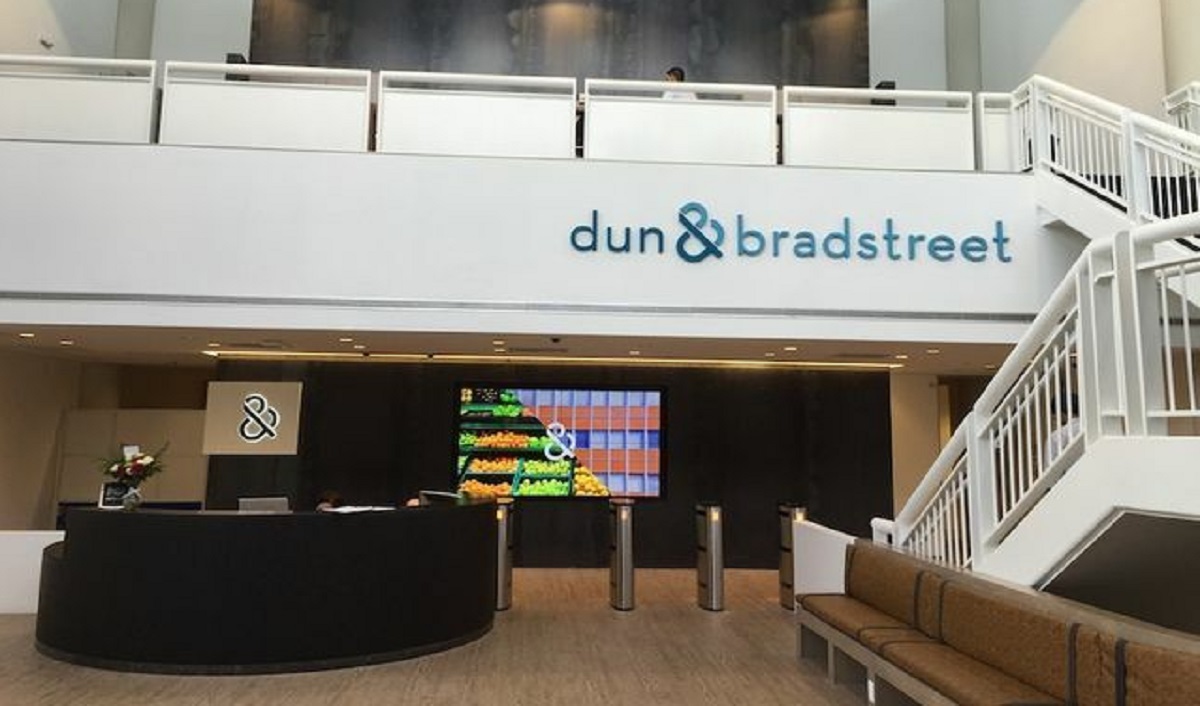 Image Source: Indian Retailer
Image Source: Indian Retailer
Dun & Bradstreet India has published a landmark report, "Navigating the Fault Lines of Global Trade: An Indian Perspective," which identifies the key challenges and new opportunities for Indian exporters in the face of rising global trade tensions and shifting U.S. tariff strategies. As the world of international trade continues to transform at breakneck speed, the report provides actionable recommendations for Indian companies to protect margins and tap into new export opportunities.
Global Trade Reset
-
The U.S. has rolled out sweeping tariff increases, marking a fundamental change in its international trade policy.
-
These steps are impacting a wide range of trading partners, and India is one of the most affected countries.
Margin Pressures Intensify
-
Of the 3,934 Indian product lines exported to the U.S., more than 3,100 now attract a flat 10% tariff.
-
Another 343 product lines are hit with a high 25% tariff.
-
Most vulnerable sectors are iron and steel, machinery, textiles, and chemicals, impacting exporter margins severely.
Emerging Export Opportunities
-
While the challenges exist, the report sees 360 high-potential products where Indian exporters have opportunities to increase their U.S. market share.
-
Some of the significant growth segments are specialty chemicals, pharmaceutical inputs, home textiles, and industrial components.
Strategic Product Mapping
Dun & Bradstreet's analysis divides products into four strategic zones:
-
Sweet Spots
-
High Risk–High Reward
-
Margin Traps
-
Non-Core
This structure assists companies in allocating efforts and resources for maximum effectiveness.
Expert Opinion
"India stands at a juncture where careful, strategic moves can translate present global shifts into long-run success. As supply chains become more diversified and trade policies change, Indian exporters have an opportunity to consolidate their position in core sectors, observed Arun Singh, Global Chief Economist at Dun & Bradstreet.
Suggestions for Exporters
-
Implement forward-looking, risk-balanced strategies, particularly in margin-sensitive segments.
-
Focus on sectors with high growth potential and resilience to tariff shocks.
-
Leverage data-driven insights to navigate the changing trade landscape and optimize product portfolios.
Sources: PTI News, PR Newswire, The Week
Advertisement
Advertisement






